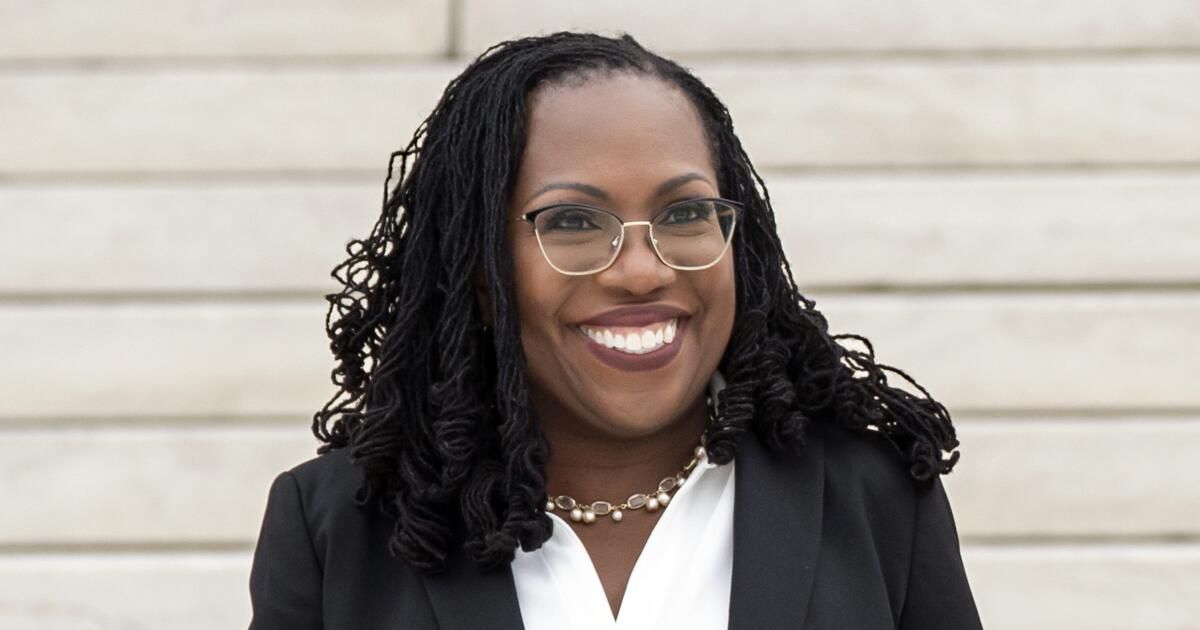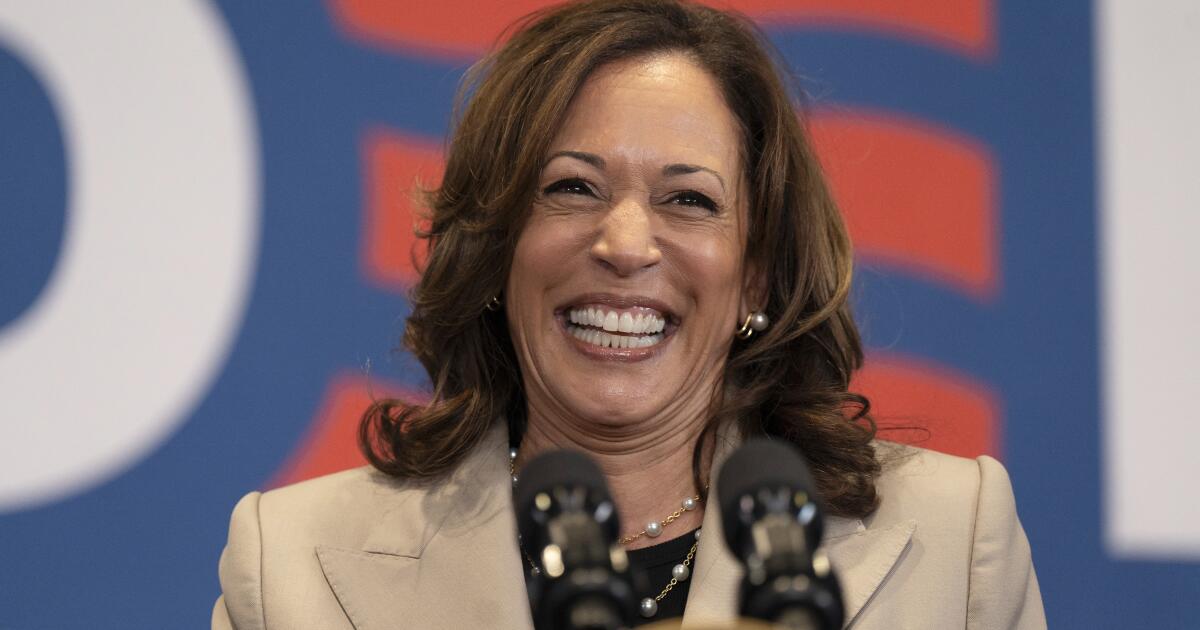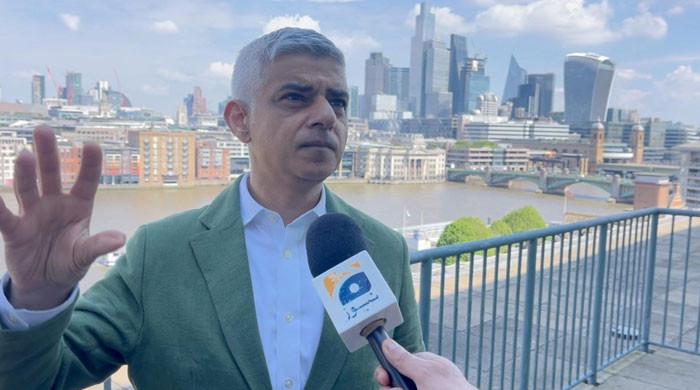Washington – The Supreme Court ruled on Thursday that the nation's anti -discriminatory laws also apply to all employees, regardless of whether those who complain about biases are white or black, homosexual or heterosexual.
In a brief and unanimous opinion, the judges rejected as outdated and the opinion that “members of a majority group” must show more evidence of discrimination before they can demand and win.
On the other hand, the judges said that the Civil Rights Law of 1964 has always prohibited discrimination in the workplace against “any individual” that suffers discrimination due to race, color, religion, national origin and sex, including sexual orientation.
The law “does not draw distinctions between the plaintiffs of the majority group and the demanding of the minority group,” Judge Ketanji Brown Jackson said.
The ruling revives a discrimination demand presented by Marlean Ames, an Ohio woman who said she was degraded and discriminated against by a lesbian who became her supervisor. It was then replaced by a gay man who had less experience.
AMES is a heterosexual woman. She sued her employer, the Ohio Youth Services Department, and claimed that she was discriminated against her sexual orientation.
But a federal judge rejected his claim for discrimination, and the 6th circuit court in Cincinnati affirmed that decision. In doing so, the judges said they could not point out “underlying circumstances” or statistical evidence that suggests that theirs was the “unusual employer who discriminates against the majority.”
The law students of the Law Faculty of the University of Virginia appealed their case before the Supreme Court. They pointed out that the 6th circuit and several other courts continue to use an obsolete approach to two tracks for discrimination claims.
However, this is not the standard in much of the nation. For example, they said that the 9th Circuit Court based in California does not follow this approach, which would require more proof of discrimination of whites, men or heterosexuals.
But law students said the court should hear the case of AMES and clarify the law throughout the country.
Although the case did not directly involve Dei, or diversity, equity and inclusion, it earned more attention due to the impulse of President Trump to deliver the government of Dei's policies.
Jackson said the Supreme Court for more than 50 years has constantly rejected the opinion that discrimination laws are applied differently to different groups of people.
In Griggs vs. Duke Power in 1971, “we said that”[d]The iscriminatory preference for any group, minority or majority is precisely and only what Congress has banned. “
A few years later, the court rejected the approach of two tracks, he said, “maintaining that title VII [of the Civil Rights Act] The prohibited racial discrimination against white petitioners in TH[at] case of the same standards that would be applicable if they were black. ”
The lawyers of the Biden and Trump administrations had urged the court to cancel the sixth circuit and make it clear that there is no double standard to decide claims of discrimination
In a concurrent opinion, Judge Clarence Thomas said that the “majority” in the workplace differs in the workplace.
“Women constitute most employees in certain industries, such as teaching and nursing, but the minority in other industries, such as construction.”
“Defining the 'majority' is even more difficult in the context of the race,” he wrote. “American families have become increasingly multicultural, and attempts to divide us all into a handful of groups have become more incoherent over time.”
The court ruling in AMES vs. Ohio Youth Services Department said the Ohio Court should reopen and reconsider the claim of Discrimination of AMES.
Discrimination law experts said the decision will have an effect on some regions but not on others.
“As a practical issue, more demands of 'reverse discrimination' can survive a motion to dismiss,” said Evan Parness, a lawyer for the Covington law firm in New York.
Although the decision does not significantly change how federal district courts operate in California, it has implications for some courts in other parts of the country that require the greatest burden of evidence, said Elizabeth Beske, a law professor at the American University of Washington.
The “underlying circumstances” rule was applied for the first time in the DC courts, after a white man sued the Baltimore and Ohio railway company arguing that he was discriminated against when black and female applicants were given jobs. The court said “challenges[d] Common sense to suggest that the promotion of a black employee justifies an inference of prejudice against white co -workers in our current society. “
Columbia's law professor, Olatunde C. Johnson said that “the opinion is not surprising. It depends on a direct and sensible legal reading of title VII. The approach of 'background circumstances' of the 6th circuit was not typical, so I do not hope that the case changes dramatically a litigation of discrimination of employment in the field.”
Brian McGinnis, a firm's lawyer Rothschild, said that because the decision was unanimous, which is rare, shows an uncon addition and “quite direct” perspective that there is no historical basis in the law to require additional tests of white, heterosexual groups or other majority groups.
And it represents an effort of the court to rationalize and eliminate the need for additional steps in the litigation, he said.
There is some question about how change is applied, but McGinnis does not expect any problem.
“There is some potential for mischief, but I don't think it has many changes in the daily operations of many employers or courts,” McGinnis said. “The short answer is that it shouldn't change much.”
Savage reported from Washington and Hussain from Los Angeles.












